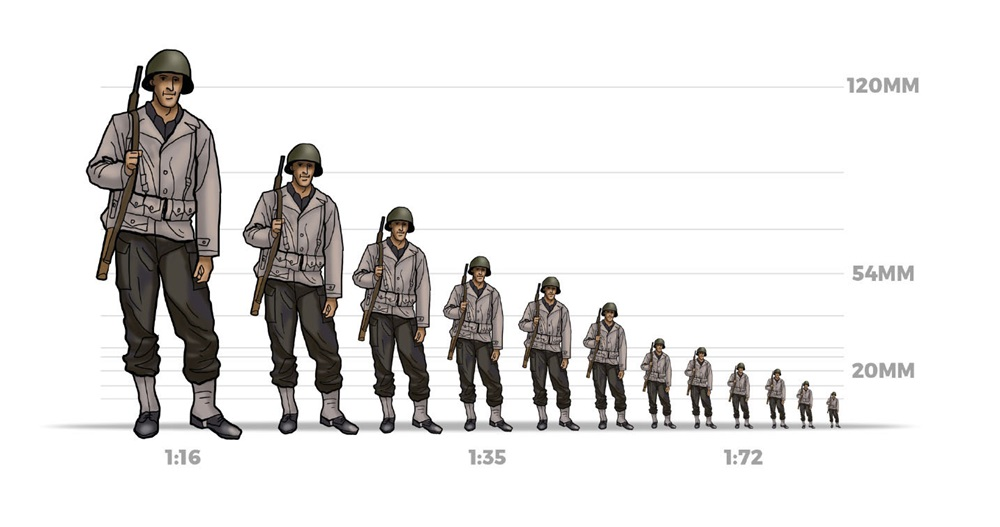Beginning a WWII collection
Having been bed-bound due to a combination of sequential and parallel illnesses (joy…) I've been able to do a lot of reading and research on the history of WWII and how to collect a miniature army ready for gaming. This blog will detail my thoughts and findings on this subject to aid others to get into the hobby and will certainly deviate into other projects as we go along.
I found WWII to be a fascinating, complex period of warfare which truly encompassed the whole world. Over the past couple of months I have found myself drawn in by the audacity of the leaders, the rapid technological progression and the courage of individuals. But I've also been horrified at the scale of the death and destruction caused and moreover the scale of the war crimes committed by all sides on all fronts.
By building WWII armies for gaming I hope to understand how the forces functioned from the ground up and to see if I can perform better on the battlefield than the historic commanders. Also I then have an excuse to build tanks and planes!
One advantage to collecting a WWII army is that there are more unique miniatures designed for WWII than for any other conflict. This is due to the number of countries involved; the variety and rapid development of technology; and, that it was shortly followed by a rapid boom of both the film industry and plastic injection moulding. This accessibility which children of the 60s had to the heroically presented experience of their parents has been key in perpetuating the popularity of the era as a subject of history but also as a focal point of modelling.
To me, Airfix exemplifies this accessibility as some of their kits which were available when my parents were kids are available today. For example, the Spitfire model my uncle gifted to me when I was about 10, was available when my uncle was 10! (And he probably made it too, I'll have to ask!)
The Spitfire Mk. 1 kit in 1978:
Credit: Scalemates
The Spitfire Mk. 1 kit in 2005:
Credit: Scalemates
The first hurdle to overcome is which scale to use for the collection and what 28 mm vs 1/72 scale actually means, which will be covered in the next article.



Comments
Post a Comment